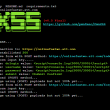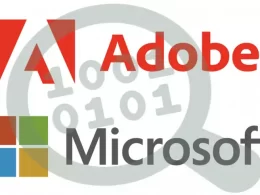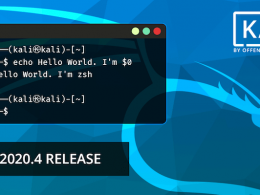In the early 80s, all the transactions in financial institutions were painstakingly calculated by hand and without the aid of any technology. Today, thanks to technological advancement, we have software that does everything for you, from simple addition to calculating the exchange rate.
We are headed towards a cashless economy. However, with all this technology come cyber threats that keep getting more sophisticated as technology grows. Gone are the days where bank robbers had to storm into a bank with guns and hold people up. Now, cyber thieves invent new types of thefts.
Ransomware
Ransomware has become one of the most commonly used cyber threats. Ransomware is nothing more than ‘data kidnapping’. When kidnappers take someone hostage, they ask for a ransom for them to release the kidnapped person.
Ransomware is no different. Cybercriminals use software to take your data hostage. You cannot access your data, and they ask for huge amounts of money to release the data. The worst thing about this type of threat is that you can never be sure that they will release the data after you pay them.
In 2014, hackers gained access to Sony’s system and demanded Sony to cancel the release of “The Interview”, featuring a CIA plot to assassinate the North Korean leader. The hackers proceeded to leak confidential data to the world, causing a great deal of damage in the process.
Downloading a VPN (Virtual Private Network) ensures all your sensitive company and customer data is strongly encrypted and no one can intercept it. This is especially useful if you have employees working remotely and using networks you have no control over. This app ensures all their online traffic is secured and hidden from spying eyes.
Phishing
Phishing is the second most used cyber threat. A phishing attack sends emails to the victim, purporting to be from a legitimate source. These emails sent by the hackers contain attachments or links that once opened, inject malware or viruses into the system, or redirect you to a fake website. Once on the fake website, the hackers proceed to solicit sensitive information such as usernames and passwords, which the hackers use to infiltrate the system.
Spear phishing is more targeted phishing. The hackers target specific people and do their research on their name, where they work, job position, and what the job position roles are. They then send an email, with specific information to look like it came from a legitimate source. Do not click on any strange links or open attachments. If asked to do something via an email that seems to come from your boss, call them to verify.
Password attack
Passwords are the most common authentication method, and obtaining a password is usually a common attack. Access to a password is via ‘sniffing’ the network to get a hold of an unencrypted password, using social engineering, or guessing.
Strong and unique passwords are one way of mitigating attacks. Obvious passwords such as ‘bank123’ are too easy to crack. Use uppercase and lowercase letters, numbers, and symbols in your password. The two-step authentication method is also useful in ensuring hackers do not compromise the system. The two-step authentication is used alongside passwords and includes biometric passcodes such as retina and fingerprint scans.
Conclusion
Cyber threats have become commonplace, but banks and financial institutions have come up with ways to counter these attacks. Every day, new threats come up, and banks’ IT departments have a continuous job of preventing the threats.











